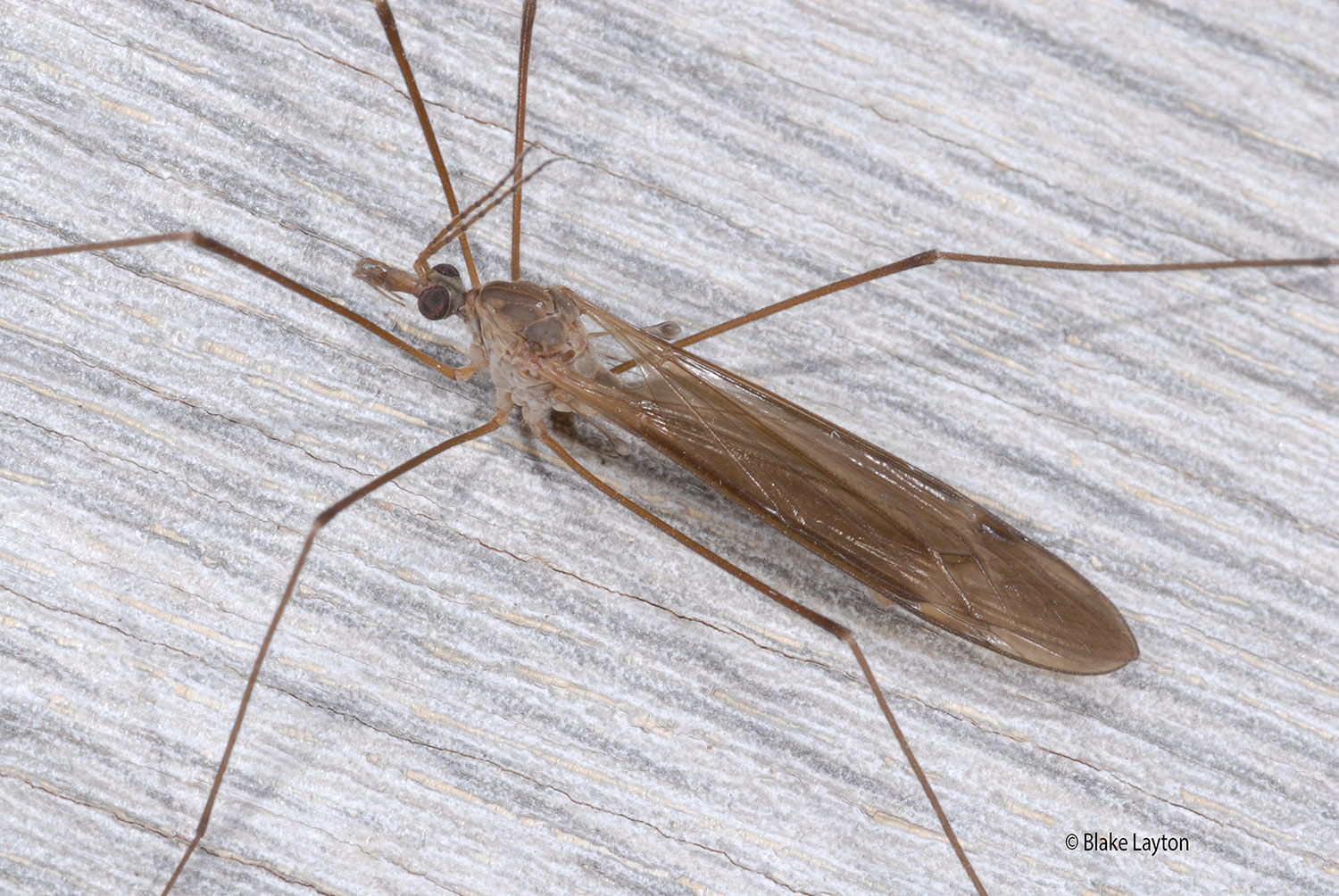Crane Fly Vol. 5, No. 5
Related News
March 16, 2016
October 1, 2015
July 10, 2015
June 29, 2015
June 17, 2015


